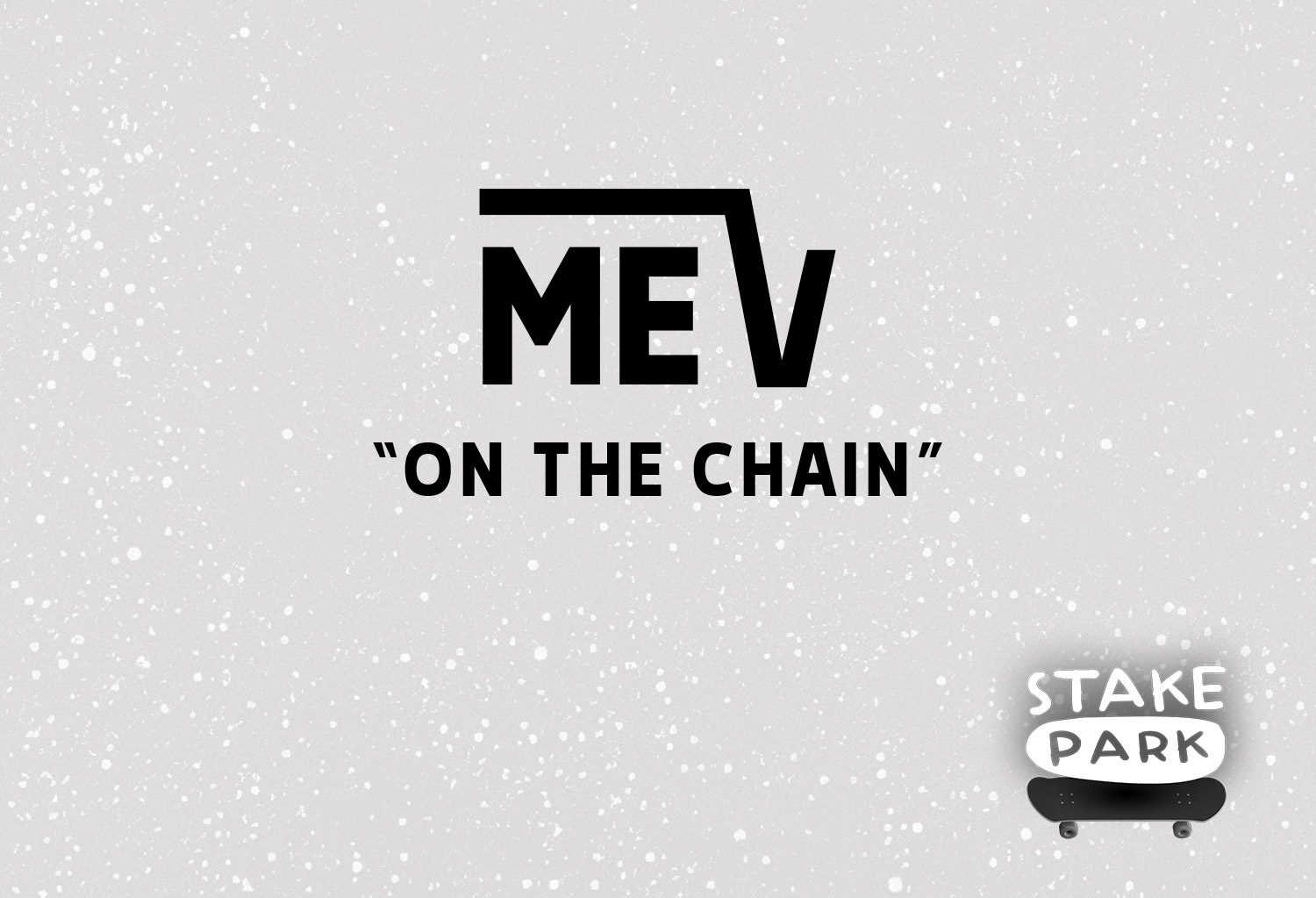MEV (Maximum Extractable Value) for Ethereum: What it is and why it matters for stakers…
ℹ️ Maximum Extractable Value (MEV) refers to the ETH that validators can earn by including, excluding, or reordering transactions before finalizing them. This can be done in the following methods: Arbitrage, Sandwich or Liquidation.
In recent years, the concept of Maximum Extractable Value (MEV) has become increasingly common and pertinent in the world of Ethereum. MEV refers to the total value that can be extracted from a set of transactions on a blockchain, usually by manipulating the order of transactions via arbitrage, sandwiching or liquidating.
In this article, we’ll explore what MEV is, why it matters, and how it’s impacting the Ethereum ecosystem.
What is MEV?
MEV is a term that was first introduced by a 2019 paper titled “Flash Boys 2.0: Frontrunning, Transaction Reordering, and Consensus Instability in Decentralized Exchanges.”
The paper describes how certain actors in the Ethereum ecosystem can extract value from transactions by manipulating the order in which they are processed by the network.
In practice, MEV can take many different forms. For example, a validator may be able to include their own transactions in a block before other users’ transactions, allowing them to earn higher fees. Alternatively, an attacker may be able to manipulate the order of transactions in a way that allows them to execute a profitable trade before others can. In some cases, MEV can even lead to attacks on the underlying consensus mechanism of the blockchain, leading to a breakdown in trust and security.
View recent MEV transactions and data on EigenPhi.
What MEV tactics are used?
There are a variety of tactics are ways in which participants in the Ethereum ecosystem can extract value from transactions by manipulating the order in which they are processed by the network. Three common MEV tactics are arbitrage, sandwich attacks, and liquidations.
Arbitrage is a common MEV tactic that involves exploiting price differences between different markets. In the context of Ethereum, this typically involves buying an asset on one exchange where the price is lower and then selling it on another exchange where the price is higher. This is a common strategy used by traders to profit from market inefficiencies. However, MEV bots can automate this process by monitoring multiple exchanges simultaneously and executing trades at lightning speed to ensure they get the best possible price.
Sandwich attacks are a type of MEV tactic where bots insert transactions in between two legitimate transactions to profit from the price movement caused by the legitimate transactions. For example, a bot may insert a sell order between two buy orders for a particular asset, causing the price to temporarily drop. The bot can then buy the asset at the lower price and sell it back at a higher price once the market stabilizes.
Liquidations are another common MEV tactic in the context of decentralized finance (DeFi). In DeFi lending protocols, users can borrow assets by putting up collateral. If the value of the collateral drops below a certain threshold, the user’s position can be liquidated to protect the lender. MEV bots can profit from this process by monitoring lending protocols and inserting transactions to buy the collateral at a discounted price during the liquidation process.
But that’s not all. Some less common methods used in MEV are: Back-running is when a validator places their transaction right after another transaction, typically during token listings on DEXs. Front-running is when a validator copies a profitable transaction and pays a higher fee to execute it first, stealing gains. Spam attacks submit many transactions to prevent others from having theirs confirmed. Time-bandit attacks rewrite a blockchain’s history to steal funds from past smart contract allocations. Uncle-bandit attacks selectively bring rejected transactions back into the main blockchain to profit.
Why does MEV matter?
The concept of MEV matters for several reasons. First and foremost, it highlights and incentives manipulation of transactions, at the cost of Ethereum users (those making transactions). These “hidden” transactions are performed in the memory pool (Mempool) are invisible to normal users and can be seen as an hidden tax that leads to higher transaction costs.
Second, MEV has important implications for the economic design of blockchain-based systems and can lead to centralization. By understanding how MEV works, developers and designers can create systems that are more resilient to attacks, more fair and transparent for users, and more economically efficient overall.
MEV is of unique interest to stakers, since MEV transactions are approved by validators, a critical component of the staking ecosystem.
How is MEV impacting the Ethereum ecosystem?
MEV is becoming an increasingly important and divisive issue in the Ethereum ecosystem, as interest in and total revenue from MEV grows.
Several projects and initiatives have emerged that aim to mitigate the impact of MEV on the Ethereum network. For example, Flashbots is a research and development organization that is working to create a more transparent and fair MEV ecosystem. Likewise, the Ethereum Improvement Proposals, like (EIP) 1559, aimed to reduce MEV impact by introducing a new fee structure that makes transactions more predictable and less prone to manipulation.
Conclusion
MEV is an important concept for anyone involved in the Ethereum ecosystem to understand. By recognizing the various ways in which value can be extracted from transactions on the network, we can better understand how these networks are used and can be manipulated. As the Ethereum ecosystem continues to evolve and grow, it will be interesting to see how MEV and related issues are addressed and mitigated.




Leave a Reply